There are several types of mold that you can find in your home. While inspecting your home for mold is something you can do yourself, mold testing is best done by a pro. Bear in mind that an inspection only reveals the presence of mold whereas testing it shows the specific type. However, it can still be helpful to have an idea of what you’re dealing with. Knowing how to identify the types of mold will allow you to take the appropriate course of action.
Stachybotrys
Also referred to as black mold, Stachybotrys consists of black or dark green spores with a slimy texture. Stachybotrys mostly appear in moist areas with prolonged exposure to considerable amounts of water and humidity. It commonly grows behind wooden walls and ceilings, and its removal requires professional intervention.
Acremonium
Acremonium normally starts out as a small colony of white, pink, gray, or orange mold. The spores are moist at first but turn powdery over time. Often accompanying black mold, you’ll often find it near leaky windows and in humidifiers, HVAC coils, as well as drain and drip pans. Removing this type of mold warrants a professional.
Trichoderma
Usually appearing as green and white wooly spores, Trichoderma can build up on carpets, fabrics, wallpaper, and other surfaces that have been exposed to moisture. It is also known to form enzymes that are harmful to wood, paper, and textiles. Trichoderma can even damage the foundations of a house. This type of house mold is non-pathogenic and you can eliminate it using safety measures.
Ulocladium
Ulocladium is naturally black and grows in clumps. This dreadful substance may appear in kitchens, basements, and bathrooms damaged by water. Areas exposed to moisture for prolonged periods of time can also be a breeding ground for ulocladium. Should a mold inspection reveal ulocladium in its early stages, removing it can be easy and may not require professional assistance?
Alternaria
If the spores are brown or dark green and have a hairy texture, testing for mold will reveal it is most likely Alternaria. This type of mold typically grows near sinks and in bathtubs or shower cabinets. The presence of Alternaria can signify water damage and it is known to spread rather fast. Catching this type of mold early on makes it easier to clean away using household products.
Aspergillus
Aspergillus mainly consists of gray or green spores that can develop thick layers. There are several species of this mold, each appearing in various colors. Mostly appearing on wooden surfaces, large colonies of aspergillus may warrant the services of a professional to remove them.
Aureobasidium
Aureobasidium typically starts out as pink, brown, or black mold and develops a dark brown color as it matures. A mold inspection can reveal this type of mold in dark and water-damaged places such as behind wallpaper and under carpets. While you can get rid of minor infestations yourself, make sure to wear protective gear during the cleaning process.
Chaetomium
Typically starting out as white and cotton-like spores, chaetomium develops into a gray, brown, or black color. You can distinguish chaetomium by its musty smell. This form of mold grows under wet carpets and roof shingles, but also in water-damaged areas like drywall and wallpaper.
Cladosporium
Thriving in both cold and warm conditions, Cladosporium has a texture like that of suede and has a brown or olive green color. You can spot this type of house mold on drapes, carpets, upholstery, and beneath floorboards. You can get rid of smaller patches using household products but removing larger ones is best left to the professionals.
Fusarium
Fusarium usually has a red, pink, or white color and often grows on food. This fast-spreading mold also thrives in carpets, wallpaper, and other materials that have taken water damage. Make sure to take precautions when removing the fusarium.
Mucor
Known to be allergenic, mucor is a fast-growing mold that develops thick, gray patches. This type of mold appears in excessively wet areas with high condensation. These include HVAC ducts, air conditioners, and leaky doors or windows. Small colonies of mucor can be easy to remove but a professional is needed to get rid of larger patches.
Penicillin
Penicillin has a velvet-like texture and is greenish-blue in color. Much like other types of mold, it spreads fast and is easier to remove when found in its early stages — otherwise a professional is required. A mold inspection can uncover penicillin in carpets, mattresses, wallpaper, and HVAC ducts.

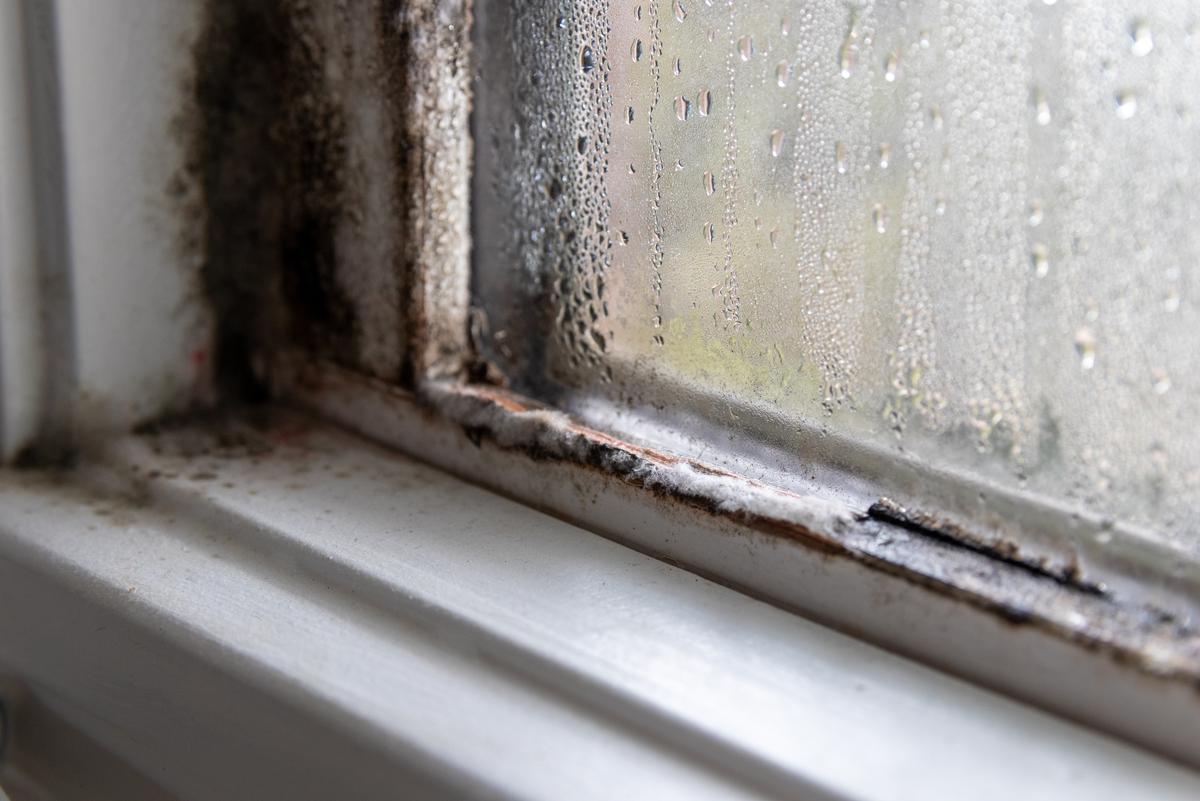

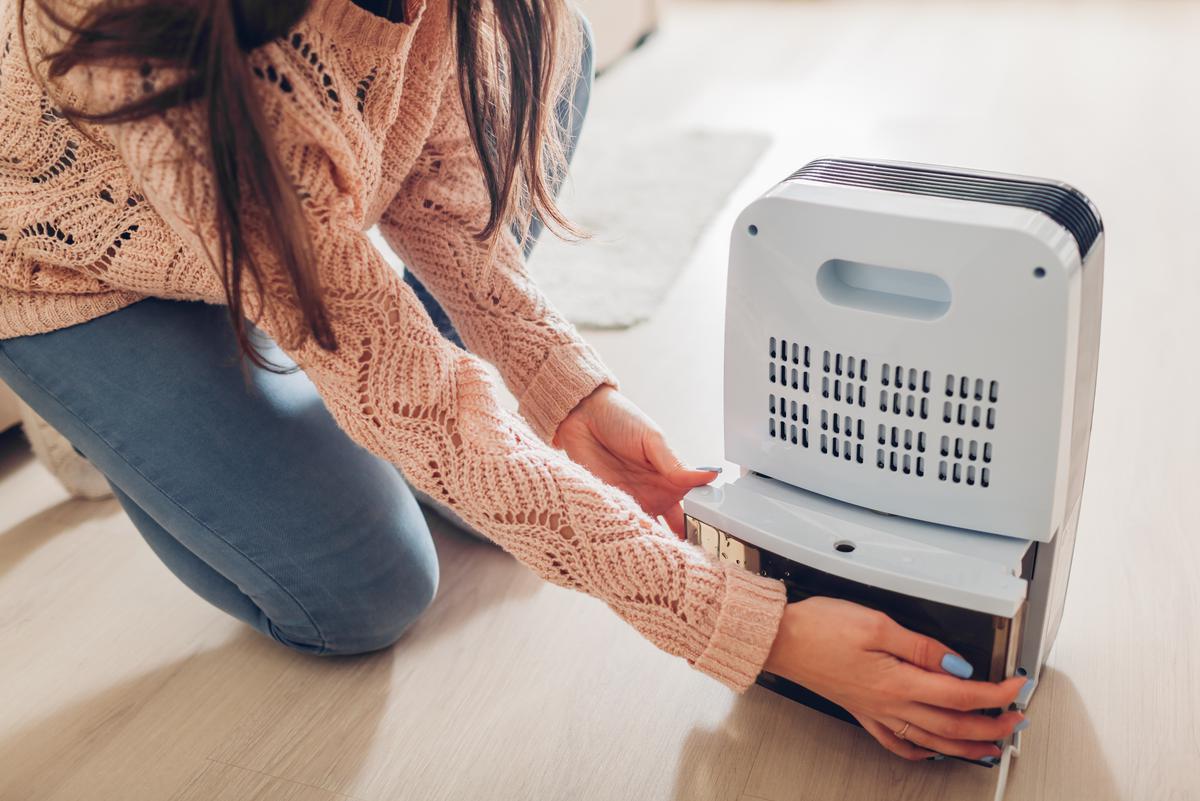

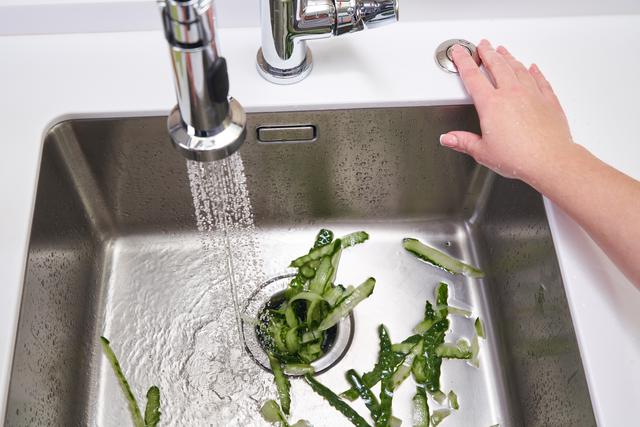
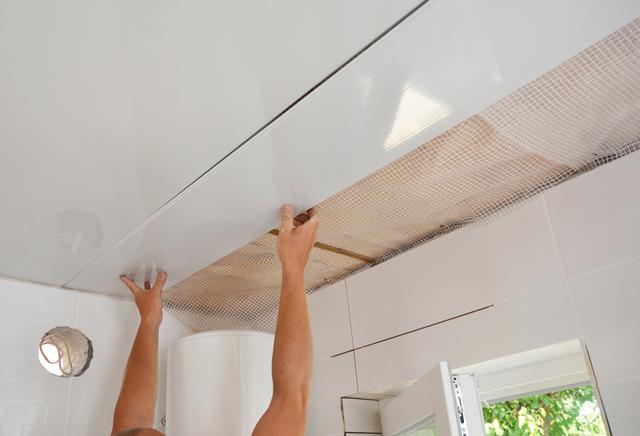
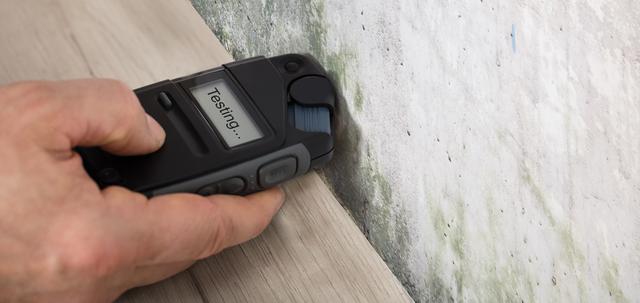
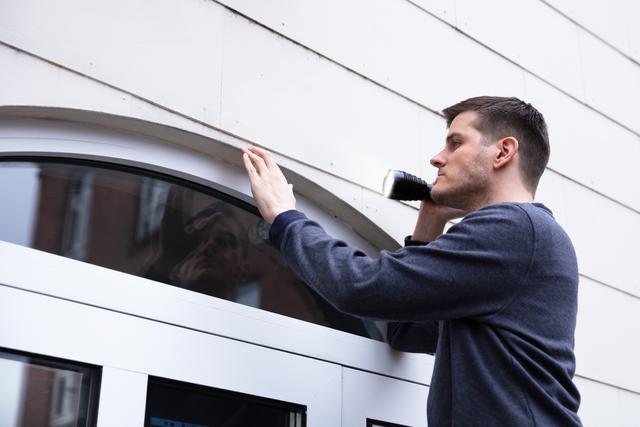
comments